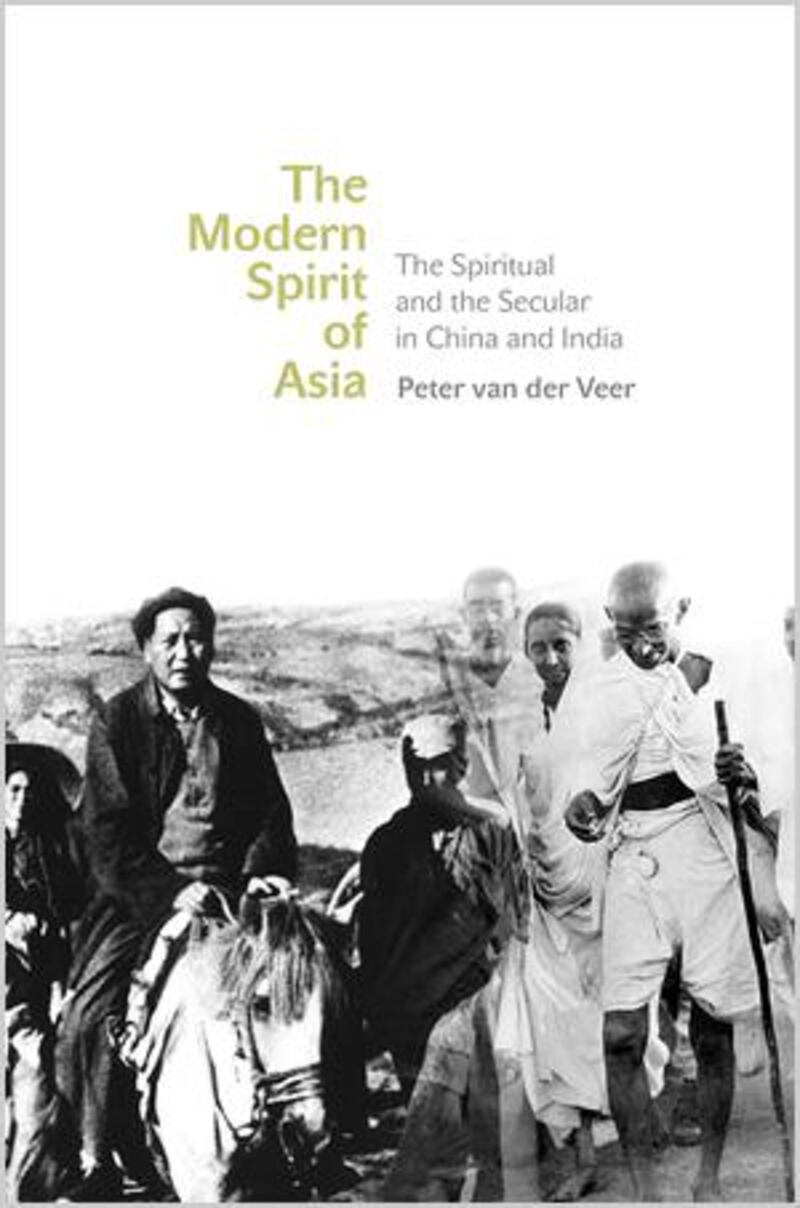Until the 18th century, the combined might of India and China – whole continents rather than mere empires or nation states – made up half the world’s economy, while at the turn of the 21st, analysts hailed the start of a new Asian century and the re-entry of the tiger and the dragon onto the world stage. With a long view, the period of western imperialism in between might appear as an interregnum, but it’s also the period in which the contemporary character of Chinese and Indian society was forged.
In The Modern Spirit of Asia, the Dutch anthropologist Peter van der Veer adopts a comparative approach in charting the relationships between western imperialism, nationalism and modernity, and investigates the extent to which western concepts of religion, magic, spirituality and secularism informed the nationalisms that emerged in these Asian giants during the 19th and 20th centuries.
The result is an account that draws a line between seemingly unrelated subjects such as Kandinsky’s understanding of spirituality in art, Indian yoga, Orientalist constructions of eastern religions and the development of Islam in China and India. A fascinating read.
[ nleech@thenational.ae ]





